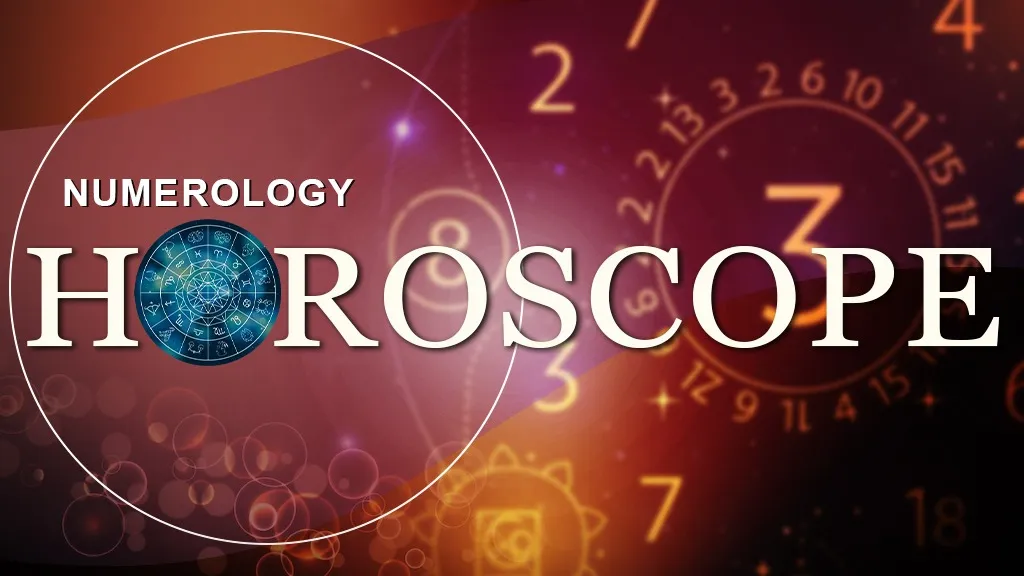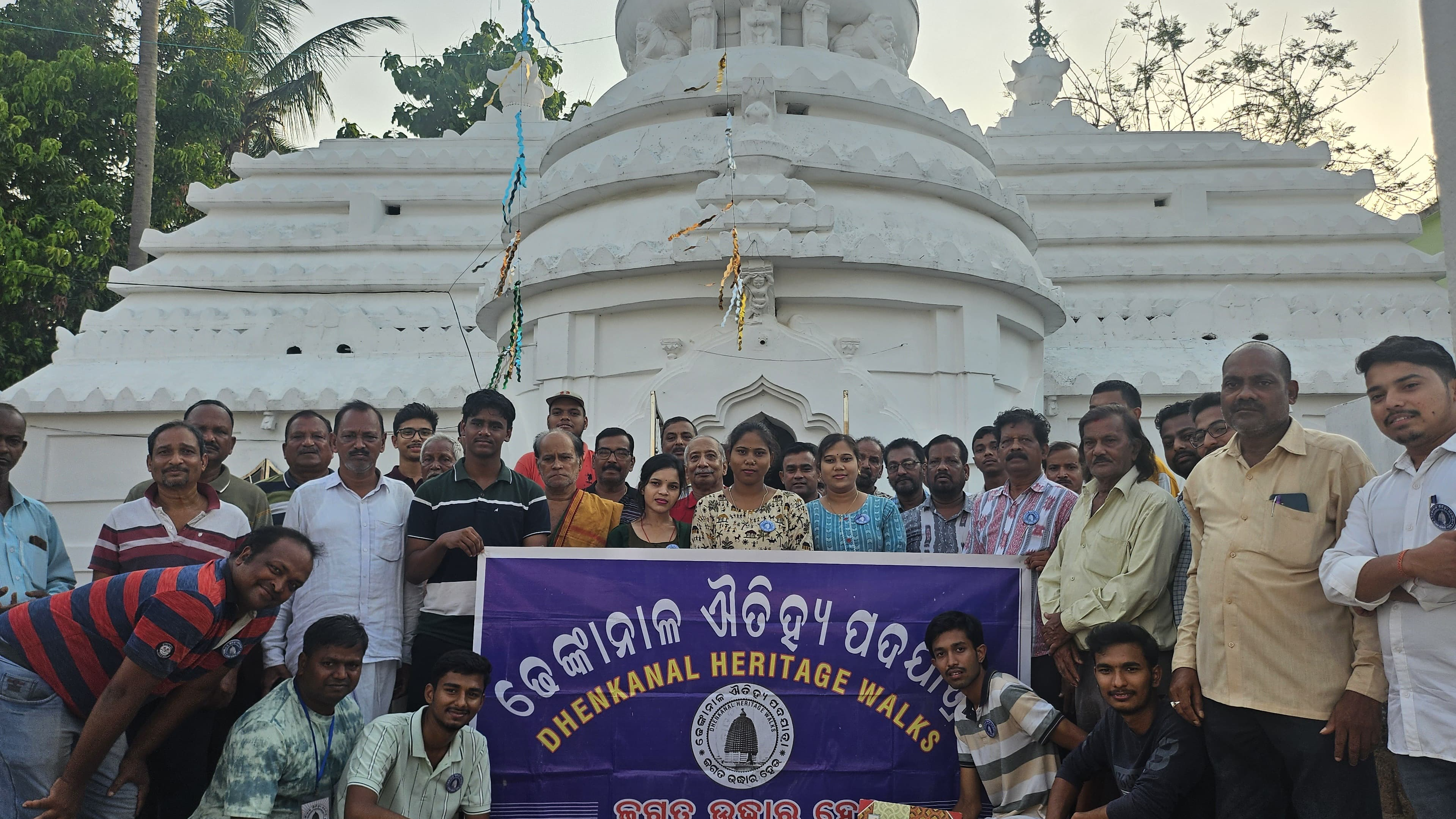

Dhenkanal, May 19: The 25th edition of the Dhenkanal Heritage Walks (DHW) took participants on a cultural journey around the historic Manipur Village and the Radhakanta Jew Temple on Sunday. Around 50 heritage enthusiasts from across Odisha gathered for the walk, which began with a visit to the sacred Lord Radha Krishna shrine. The temple houses a brass idol of the deity, brought from Nadia in the early 20th century, along with a giant "mrudanga" (a traditional drum).
Dhenkanal, one of the centrally located districts in Odisha, derives its name from the tribal king Dhenka Sabar. The village of Manipur, where the Radhakanta Jew Temple was established in 1937, is believed to have been named after "mana," a local measuring instrument. According to local lore, the fertile land in the area was never devoid of grains, and the "mana" used to measure food always remained full, symbolizing abundance. Historically, Dhenkanal was covered by dense forests, with nearly 58% of its landmass once under forest cover. Manipur, however, benefited from fertile soil and ample water resources, making it ideal for cultivation.
At the temple premises, the participants gathered for an enriching discussion on the village's origins, the history of the temple, and the rituals observed there. Convener Suresh Prasad Mishra kicked off the event by delivering the welcome address, setting the stage for a lively exchange with senior members of the village and the temple committee. Village president Prakash Chandra Mallik shared insights into the temple’s history, explaining how the villagers had constructed it. Key figures behind the temple’s construction were Gopinath Sangram Singh and Sridhar Mangaraj.
Notably, the temple features very few "parshwadevata" (side deities), with the exception of Goddess Saraswati. Professor Durga Biswal elaborated on the temple's unique architectural style, noting that while it shares some influences with the Bengal style of Krishna temples, it does not follow the traditional Kalingan "Khakra" or "Rekha" architectural styles.
Temple priest Rabinarayan Debata spoke about the divine and miraculous ways in which Radhakanta Jew is believed to have protected the villagers from water and health-related issues over the years. The session concluded with a vote of thanks from Dr. Malay Pati, a founder member of the Odisha Heritage Walks group.
One of the highlights of the walk was the presence of a 1929 Baby Austin car, which is still operational. The car, owned by Saranath Mishra from a heritage-rich family in Dhenkanal, became a major attraction for both the walkers and the villagers of Manipur.
The group then made their way to Sadeibareni, a village known for its Dhokra artwork. Instead of observing the art-making process this time, the walkers enjoyed Dhenkanal’s heritage cuisine, specifically the famous "bara," prepared at a local village shop.
Biswaranjan Dehury, convenor of Odisha Heritage Walks, provided information on how these walks are regularly organized in other cities like Cuttack, Puri, Jagatsinghpur, Balasore, and Baripada, under various heritage enthusiast groups.